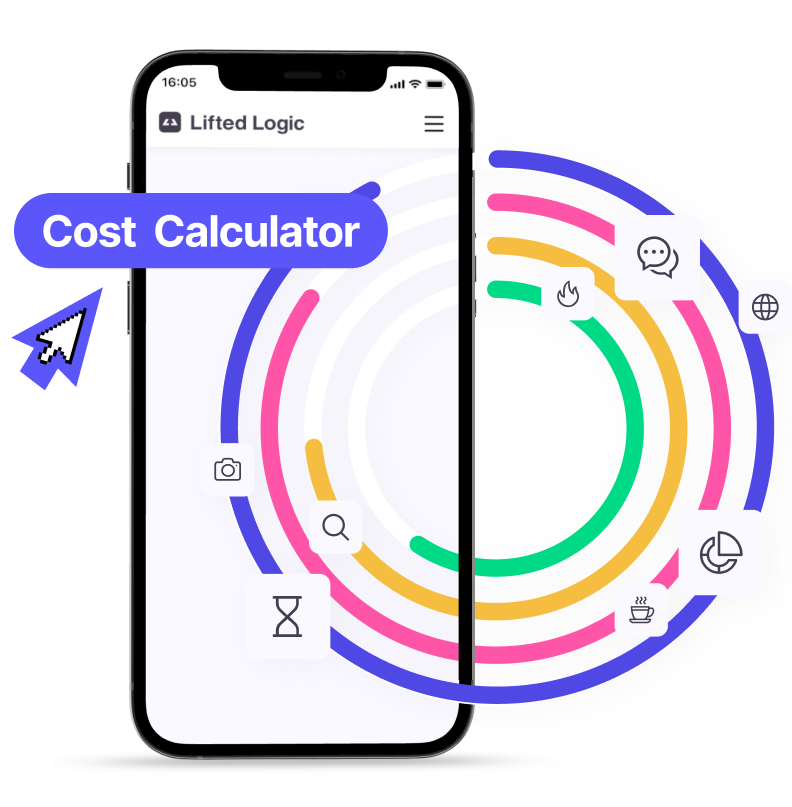The factors you should consider when choosing a marketing strategy—and how much to spend—require a bit of competitive analysis. Just as much as you need to know clearly what your objectives are, you need to know your surroundings and what you’re up against.
Start with these basic questions:
Where are you located?
Trying to sell coats and outerwear in Canada will look completely different than in New Mexico. Considering your location means inferring how people in your area might respond to what you’re offering and influence how you speak to them about it.
Sticking with our previous example, Canada is probably a significantly more competitive market for coats, which means you will need to pay extra attention to what your competitors are doing and how you can stand out when choosing a marketing strategy.
What industry are you in?
Your industry can impact your marketing spend choices based on competition and also seasonality. If you have a busy season, your marketing spend should probably increase during that time of year.
And just to play devil’s advocate—maybe the busy season for you is also the busy season for your clients. Then you may consider beefing up your marketing efforts in the off-season, when you’re more likely to grab and hold their attention.
What do you know about your target audience?
Who are they? Where do they spend their time? Where might they be in the buying cycle? These are the basic things you need to know about your audience to predict how expensive they might be to target.
If your target audience is younger, it might make more sense to target them on social media. Speaking generally, social media advertising is less expensive than Google advertising.
If your target audience is narrowed to one specific geographic location, that will affect your marketing cost. Marketing to people in Lincoln, Nebraska would be significantly cheaper than marketing to people in Chicago—the market may be more saturated, there are more people, and there are probably more competitors.
What is the level of competition?
Speaking of competition, operating in a super competitive market will increase the cost of marketing for everyone, not just you. This is partly to do with saturation—the number of people trying to sell products or services in that space—and partly to do with the quality of your marketing deliverables.
For example, when you’re employing SEO, optimizing for a keyphrase that is more competitive means you need to work harder to create quality content that considers:
- The length of your content
- Your domain authority
- The external and internal linking opportunities
- The user intent
Inversely, if you can find a keyphrase with the same user intent, but is less competitive, you have a better shot at achieving your goals.
Partner with Lifted Logic to choose the right marketing strategy for your business
If you’re ready to speak to a professional, we’ve got your back. Whether you’re looking for someone to manage your marketing efforts, or just a partner in creating a plan, let’s talk!




